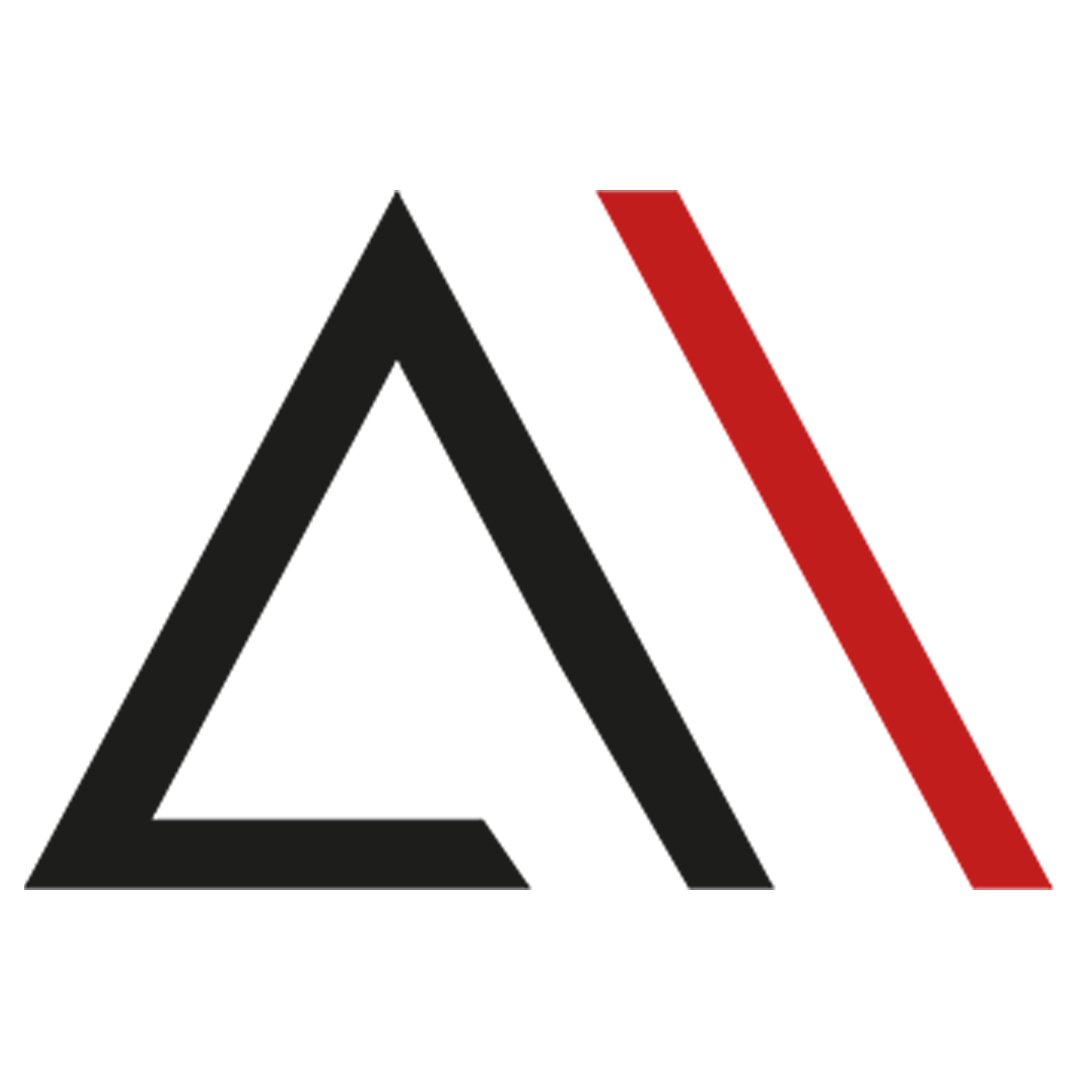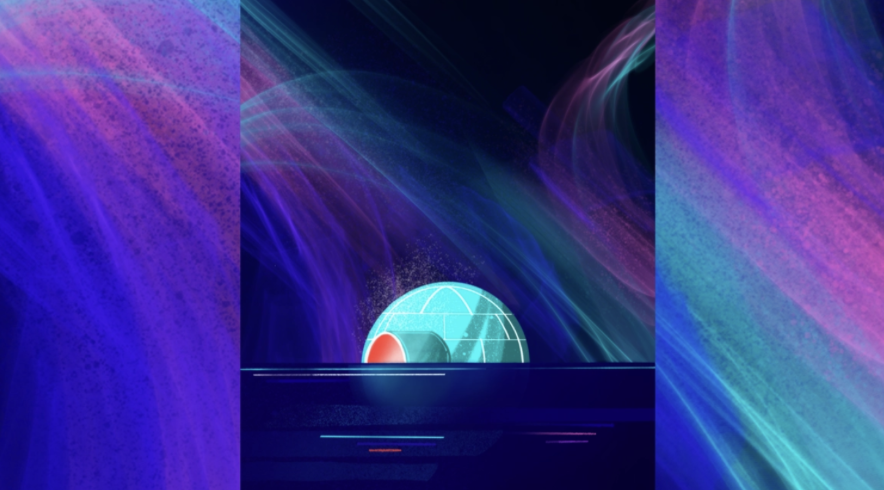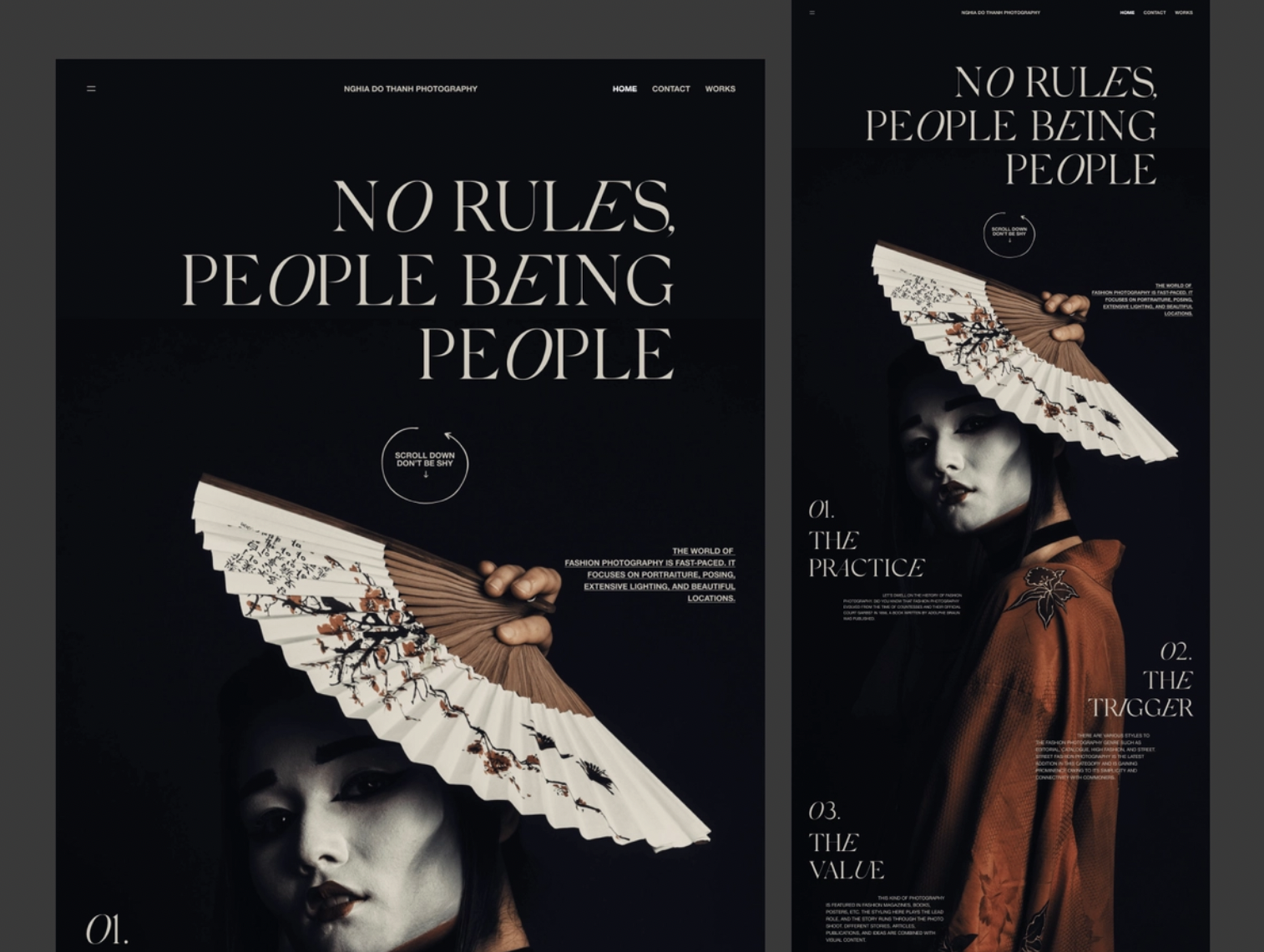
Analytica House
Sep 3, 20222022 UI Design Trends

2021 was a year full of innovations for the design world in many respects. With the emergence of the Metaverse, we began to see significant shifts in trends. In 2022, where very different topics have arisen under UI design trends, user interface design and user experience continue to offer new experiences. As experiences evolve with digital, questions like “what is UI, what is UX, and what is the difference between UI and UX” have entered our vocabulary. Briefly, UI stands for User Interface—the entirety of designs that make it comfortable for the user to spend time on an interface. UX stands for User Experience—designing the interface to be easier, more effective, and more comfortable to use. Thus, both UI design and UX design progress in the same plane to deliver a comfortable experience. Every year, there are evolving and changing topics for all these experiences. Let’s take a look at the graphic design movements that were frequently seen throughout 2022 and will continue to emerge.
Minimalism and Simplification

We’ve known the minimalist approach for a long time, and in 2022—just like in 2021—we continue to see it frequently in designs. Minimalism appears not only in design but in all areas of life, even as a lifestyle. The community of “people who are minimizing/simplifying their lives,” increasingly popular lately, keeps growing. To closely examine how major technology companies embrace minimalism, we can look at the interfaces of brands like Apple, Meta, and Oculus. This trend, with its clean designs and floating elements, grows year after year and maintains its place among UI trends.
Brutalism

In contrast to the heavy gradients and cute 3D objects and shadows we frequently see, brutalism maintains its simplicity and clarity. Brutalism lays reality bare with its sharp outlines, bold typography, flat design, and contrasting colors. This movement often features delicate details, crisp visuals, and distinctive typefaces. We’ll continue to see it, especially after its appearance in Spotify Wrapped.
NFT and Democratic Art
Often difficult for people to understand, NFTs have stormed into our lives and driven us into a frenzy. Now we can sell our digital creations and earn money. This movement—where anything can be art and everyone can participate—has no boundaries. In a movement that combines many topics we’ve frequently heard in 2022 UI trends, the creator decides what counts as art. NFT and democratic art will continue to grow in user experience designs.
Claymorphism in 3D

3D as we know it is evolving. This simplified version is called Claymorphism. Claymorphism’s heavy light-and-shadow effects, vibrant color transitions, and soft tactile feel immerse us in true virtuality. This trend has begun appearing frequently in mobile app UI designs. Technology companies widely use it in both mobile and web interfaces, creating a “playful” vibe that meshes seamlessly with technology. Many game companies have also embraced this trend, which will continue to shape game UI design.
Wild Typography

Historically, designers aimed for “sequential consistency, absolute order, and fixed dynamism” in typography. Now, we can decorate text any way we want—tilt, stretch, slice, fragment, even swap letters with emojis. Yet we must always keep the user’s readability and comfort in mind. Wild typography, as its name suggests, favors sharp layouts and is often chosen for bold statements. It’s firmly established itself in the UI and UX world. Game studios in particular are using this style, and it shows no signs of fading.
Eco-Friendly “Cardboard” Style

As environmental awareness rises, we gravitate toward everything recyclable. This “recyclability” trend has cemented its place among UI trends. In user interface designs, gray backgrounds—evoking cardboard—and cold, muted palettes dominate, while lively 3D objects are absent in favor of a natural aesthetic. This trend highlights real life and naturalness, offering users a delightful experience in UI and UX contexts.
Holography

Once criticized for being jarring, over-the-top holographic patterns continue to thrive in 2022 design trends. This style meshes perfectly with the metaverse, holograms, and VR worlds, boosting creativity to the max. Neon gradients and bright shapes define it, making it eye-catching and futuristic. The crypto world also widely adopts holography. In UI design, it remains a powerful way to captivate users. It’s especially prevalent in gaming, where vibrant lights, reflections, and luminous visuals enhance the dreamlike quality.
Aura Backgrounds

This background style uses soft brush strokes behind focal elements in gradient hues. It conveys the floating, color-rich emptiness of virtual spaces. Soft brushes, gentle colors, and subtle blur suffice to evoke this effect. We’ll see even more of these aura backgrounds across industries, as the trend continues to grow.
Glassmorphism and Glass-Inspired Elements

Glassmorphism draws from real-world glass objects, giving a blurred, semi-transparent feel. Background blur, translucent elements, and gentle color blends create a captivating flow. Banks, games, and financial apps often rely on this style. Its polished, immersive look endures in many digital experiences.
More resources

5 Ways to Accurately Measure Sales Impact with Google MMM
Google MMM (Marketing Mix Modeling) is one of the most powerful statistical methods for understandin...

ChatGPT Shopping Research: An AI-Powered Shopping Assistant
ChatGPT Shopping Research is an AI-powered shopping assistant that accelerates users' shopping resea...

Data-Driven Tactics to Build Customer Loyalty After Black Friday
Customer loyalty is the most valuable outcome of the Black Friday period, as short-term traffic and...

